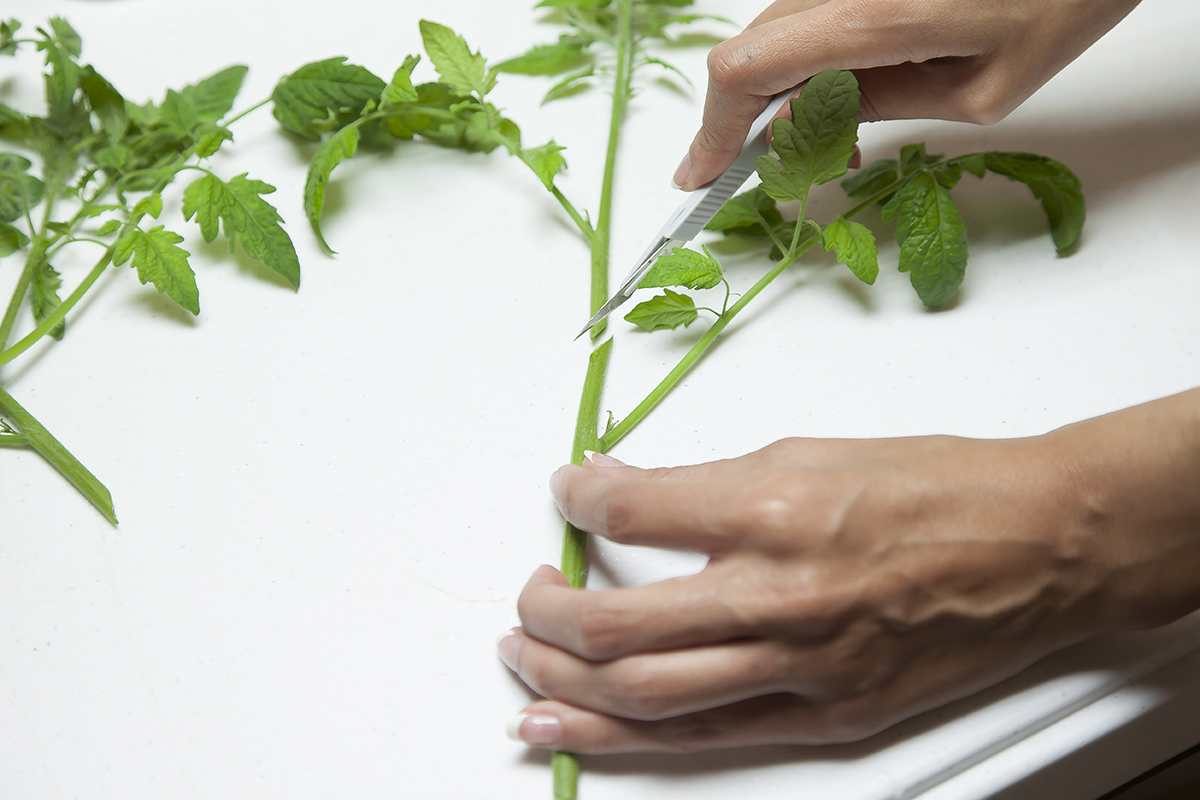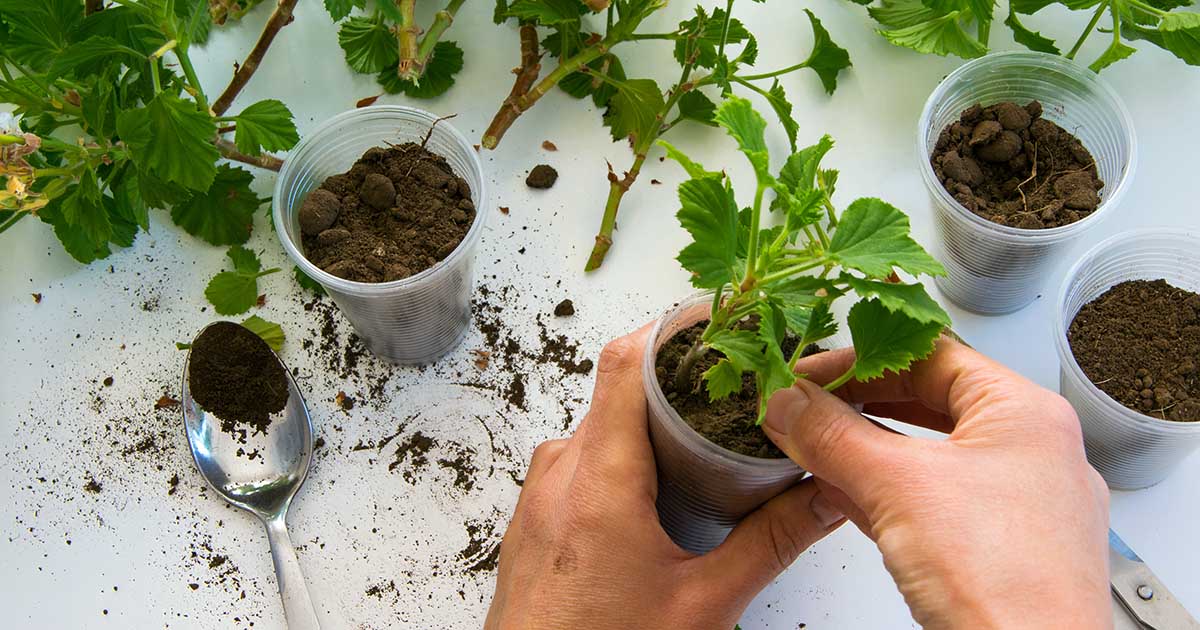Why Propagate Plants from Cuttings?
Plant propagation from cuttings is a valuable skill for any gardener or plant enthusiast. By learning how to propagate plants from cuttings, individuals can preserve rare plant species, share plants with friends and family, and even save money by avoiding the need to purchase new plants. This method also allows gardeners to reproduce their favorite plants, ensuring a consistent supply of fresh, healthy specimens. Moreover, propagating plants from cuttings can be a fun and rewarding experience, providing a sense of accomplishment and connection to nature. With the right techniques and knowledge, anyone can successfully propagate plants from cuttings, unlocking a world of possibilities for indoor and outdoor gardening. In fact, some of the easiest plants to propagate from cuttings, such as Spider Plants and Pothos, can be easily shared and grown, making them perfect for beginners.
How to Choose the Right Plants for Cutting Propagation
When it comes to propagating plants from cuttings, selecting the right plants is crucial for success. Not all plants are created equal, and some are more suitable for cutting propagation than others. To increase the chances of successful propagation, it’s essential to consider several key factors when choosing plants for cutting propagation. These factors include plant type, growth habits, and environmental requirements. For instance, plants with soft stems or those that produce runners, such as Spider Plants and Pothos, are often ideal candidates for cutting propagation. On the other hand, plants with hard stems or those that require specific growing conditions may be more challenging to propagate. By understanding the specific needs and characteristics of different plants, gardeners can make informed decisions and choose the easiest plants to propagate from cuttings, ensuring a higher success rate and more rewarding experience.
The Easiest Plants to Propagate from Cuttings: Top Picks
When it comes to propagating plants from cuttings, some plants are naturally more cooperative than others. The easiest plants to propagate from cuttings are often those that have adapted to produce new growth from stems or leaves, making them ideal for beginners. Here are some of the top picks for the easiest plants to propagate from cuttings: Spider Plants, known for their delicate white flowers and baby plantlets; Pothos, a versatile and low-maintenance vine; and ZZ Plant, a low-maintenance succulent that can thrive in a variety of conditions. Other popular options include Snake Plants, Dracaena, and Philodendron. These plants are not only easy to propagate but also offer a range of benefits, from air purification to aesthetic appeal. By starting with these easiest plants to propagate from cuttings, gardeners can build confidence and develop the skills needed to tackle more challenging propagation projects.
Step-by-Step Guide to Propagating Plants from Cuttings
Propagating plants from cuttings can seem intimidating, but with a clear understanding of the process, anyone can succeed. Here’s a step-by-step guide to help you get started:
Step 1: Prepare the Cutting – Select a healthy stem section from the parent plant, ideally with at least two nodes (the joint where a leaf meets the stem). Cut the stem just below a node using a clean, sharp knife or pruning tool. Remove lower leaves, leaving only a few at the top to reduce transpiration and promote rooting.
Step 2: Root the Cutting – Dip the cut end into a rooting hormone powder or liquid to stimulate root growth. Then, plant the cutting in a well-draining potting mix, gently firming the soil around the stem. Water thoroughly, and provide adequate light and temperature conditions.
Step 3: Provide Aftercare – Keep the soil consistently moist but not waterlogged. Provide bright, indirect light, and maintain a temperature between 65°F to 75°F (18°C to 24°C). Avoid over-handling the cutting, as this can cause stress and reduce the chances of successful propagation.
By following these simple steps, you’ll be well on your way to successfully propagating plants from cuttings. Remember to start with the easiest plants to propagate from cuttings, such as Spider Plants or Pothos, to build your confidence and develop your skills.
Tips and Tricks for Successful Plant Propagation
To ensure success when propagating plants from cuttings, it’s essential to consider a few additional factors. Here are some valuable tips and tricks to keep in mind:
Soil Selection – Choose a well-draining potting mix specifically designed for cuttings. This will help prevent waterlogged soil and root rot.
Watering Wisdom – Water cuttings gently but thoroughly, making sure the soil is consistently moist but not waterlogged. Avoid getting water on the leaves to prevent fungal diseases.
Pest Control – Inspect cuttings regularly for signs of pests, such as spider mites, mealybugs, or aphids. Isolate infected plants, and treat promptly to prevent the spread of disease.
Humidity and Temperature – Maintain a humid environment, ideally between 50-70% relative humidity, to promote healthy root growth. Keep the temperature consistent, between 65°F to 75°F (18°C to 24°C), to encourage rooting.
Lighting – Provide bright, indirect light for cuttings, avoiding direct sunlight that can cause overheating and stress.
By following these tips and tricks, you’ll be well on your way to successfully propagating plants from cuttings, including the easiest plants to propagate from cuttings like Spider Plants and Pothos. Remember to stay patient, as propagation can take time, and don’t be discouraged by initial setbacks.
Common Mistakes to Avoid When Propagating Plants from Cuttings
While propagating plants from cuttings can be a rewarding experience, it’s essential to avoid common mistakes that can lead to failure. Here are some common pitfalls to watch out for:
Overwatering – Too much water can cause the cutting to rot, leading to poor root development and reduced chances of success. Make sure to water gently but thoroughly, and avoid getting water on the leaves.
Underwatering – On the other hand, underwatering can cause the cutting to dry out, leading to poor root growth. Ensure the soil is consistently moist but not waterlogged.
Inadequate Light – Most plants require bright, indirect light to promote healthy root growth. Avoid placing cuttings in low-light areas, as this can hinder propagation.
Poor Soil Quality – Using a low-quality potting mix can hinder root growth and increase the risk of disease. Opt for a well-draining potting mix specifically designed for cuttings.
Inadequate Humidity – Cuttings require a humid environment to promote healthy root growth. Maintain a humid environment, ideally between 50-70% relative humidity, to encourage rooting.
By being aware of these common mistakes, you can increase your chances of successfully propagating plants from cuttings, including the easiest plants to propagate from cuttings like Spider Plants and Pothos. Remember to stay patient, as propagation can take time, and don’t be discouraged by initial setbacks.
The Benefits of Propagating Plants from Cuttings for Indoor Gardening
Propagating plants from cuttings is not only a cost-effective way to multiply your favorite plants, but it also offers numerous benefits for indoor gardening. By propagating plants from cuttings, you can create a thriving indoor garden that purifies the air, adds aesthetic appeal, and even provides stress relief.
Air Purification – Indoor plants are known to remove toxins and pollutants from the air, improving indoor air quality. By propagating plants from cuttings, you can increase the number of air-purifying plants in your home, creating a healthier environment.
Aesthetic Appeal – Propagated plants can add a touch of greenery to your home, enhancing the aesthetic appeal of your space. Whether you prefer modern and sleek or cozy and rustic, propagated plants can complement any décor.
Stress Relief – Studies have shown that being around plants can reduce stress and anxiety levels. By propagating plants from cuttings, you can create a peaceful oasis in your home, providing a calming escape from the hustle and bustle of daily life.
Furthermore, propagating plants from cuttings allows you to share plants with friends and family, creating a sense of community and connection. It’s also an excellent way to preserve rare plant species and save money on plant purchases. With the easiest plants to propagate from cuttings, such as Spider Plants and Pothos, you can start enjoying the benefits of plant propagation today.
Getting Creative with Plant Propagation: Advanced Techniques
Once you’ve mastered the basics of plant propagation from cuttings, it’s time to take your skills to the next level with advanced techniques. These methods can help you increase your chances of success, propagate more challenging plants, and even create unique and exotic varieties.
Rooting Hormones – Rooting hormones can significantly increase the chances of successful propagation. These hormones stimulate root growth, allowing cuttings to develop a strong root system more quickly.
Layering – Layering involves bending a long stem of a plant down to the ground and securing it with a rock or U-pin. This method allows the stem to develop roots while still attached to the parent plant, making it easier to propagate plants with long stems.
Grafting – Grafting involves joining a cutting from one plant onto the root system of another plant. This technique is often used to combine the desirable traits of two different plants, such as disease resistance and flavorful fruit.
Air-Layering – Air-layering is a variation of layering that involves making a small incision in the stem and packing the area with moss or another rooting medium. This method allows the cutting to develop roots while still attached to the parent plant, making it easier to propagate plants with long stems.
These advanced techniques can help you take your plant propagation skills to the next level, allowing you to propagate even the most challenging plants. With practice and patience, you can master these methods and start creating your own unique and exotic plant varieties. Remember to always start with the easiest plants to propagate from cuttings, such as Spider Plants and Pothos, and gradually move on to more challenging plants as your skills improve.








